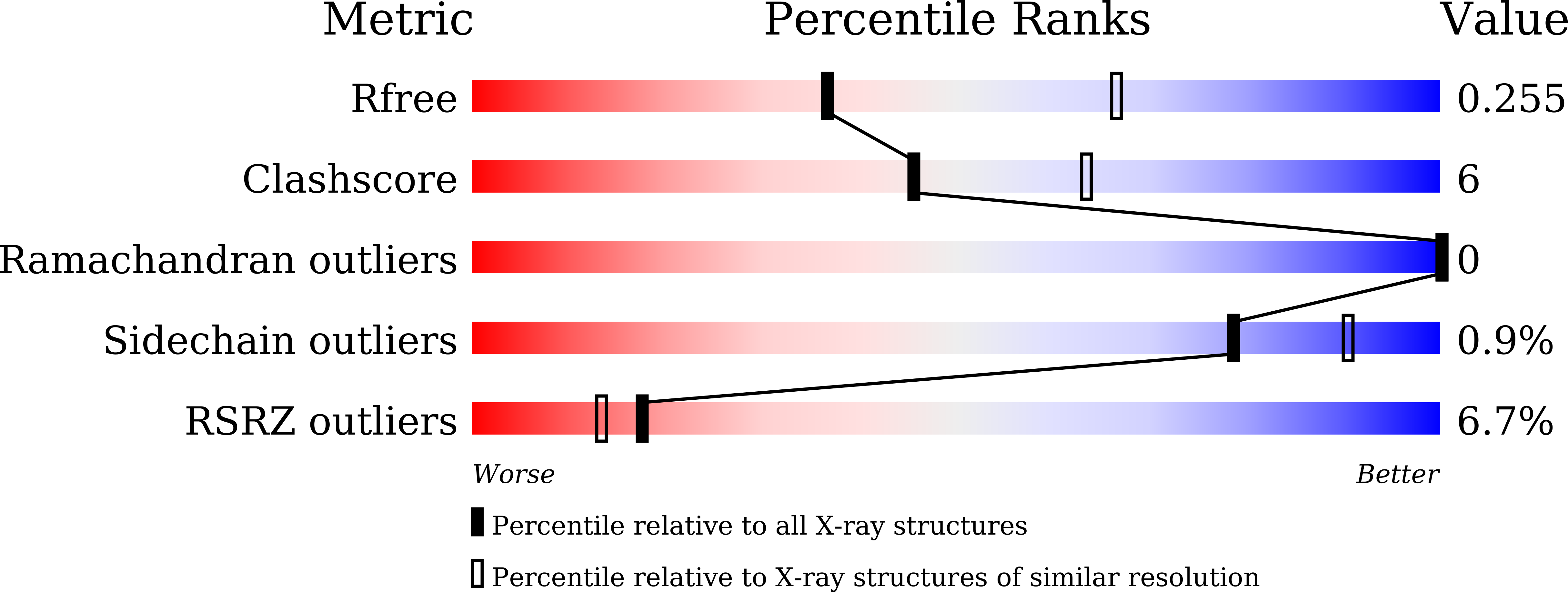
Deposition Date
2020-06-15
Release Date
2021-06-23
Last Version Date
2023-11-29
Entry Detail
Biological Source:
Source Organism:
Sus scrofa (Taxon ID: 9823)
Rattus norvegicus (Taxon ID: 10116)
Gallus gallus (Taxon ID: 9031)
Rattus norvegicus (Taxon ID: 10116)
Gallus gallus (Taxon ID: 9031)
Host Organism:
Method Details:
Experimental Method:
Resolution:
2.61 Å
R-Value Free:
0.25
R-Value Work:
0.20
R-Value Observed:
0.20
Space Group:
P 21 21 21


